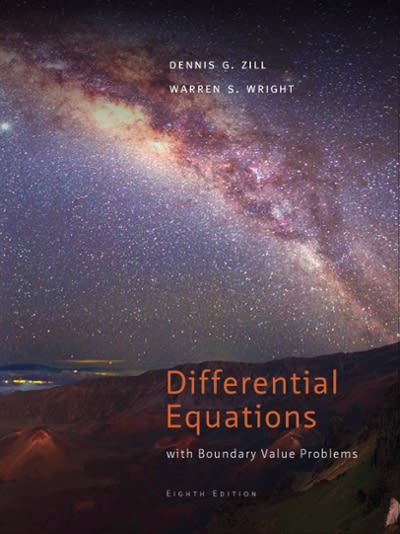
Question help. Thank you
\fQUESTION #2: MULTIPLE REGRESSION 'As people age, the hippocampus, the brain's memory center, loses 1% to 2% of its volume annually (on average, volumes may increase or decrease over time), aecting memory and possibly increasing the risk for dementia. A growing body of evidence has pointed to aerobic exercise as a low-cost hedge against neurocognitive decline.' In a study, 210 healthy elderly adults (ages 55 to 85) were recruited and randomized to one of three groups (n=70 per group). I The Control group agreed to be evaluated but were not assigned to any intervention program. I The Walking group (aerobic exercise) walked three days a week for 40 minutes. 0 The Yoga group (yoga and toning exercises, which are non-aerobic exercise) participated in group yoga sessions 3 days a week. Magnetic resonance imaging (MRI) was used to measure the volume of the hippocampus at study baseline and then again after 1 year. The dependent variable for this study is the percent change in hippocampus volume, where positive change values indicate an increase in hippocampus volume (e.g., 1.3 indicates a 1.3% increase in volume) and negative change values indicate a reduction in hippocampus volume (cg, 1,7 indicates a 17% decrease in volume). Our primary study question is whether those who exercised had less decline in hippocampus volume than those in the control group. Data for this study are saved in the attached 'Eldersxlsx' les. Variables in the data set are: 1. subjid, an id number ranging from 1 to 210; 2. age, in years, restricted to adults between the ages of 55 and 85; 3. sexf, coded 1 for females and 0 for males; 4. IQ, measured at the start of the study, as a general measure of cognitive ability, the mean IQ is expected to be around 100; 5. exercise, coded 1 for those in the Control group, 2 for those in the Walking group, and 3 for those in the Yoga group; 6. hippochange, the percent change in the hippocampus volume, which should range roughly between 4 percent (indicating a 4% decrease in volume) and 4 percent (indicating a 4% increase in volume). #A (10 Points). As a description of the study sample, complete the following tables: Descri tion of the stud sam 1e Standard Variable Mean Deviation Minimum Maximum #B (10 Points). Create a scatter plot showing the association between age (the independent variable) and hippochange (the dependent variable). #C (10 Points). Find and interpret the correlation coefcient describing the association between age and change in hippocampus volume. For #D through #F, run a multiple regression predicting hippochange from age, sex, and IQ (do not include exercise in this analysis). Use this regression model to answer these questions, #D (10 Points). Complete the following table summarizing the results of this multiple regression: Report and interpret the R2 for this regression model. What can you conclude from the pvalue from the ANOVA table for this regression? #E (10 Points). What can you say about the associations between age, sex, and IQ and change in hippocampus volume, based on this regression? For Questions #F and #G, run a multiple regression predicting change in hippocampus volume from age, sex, IQ, and exercise group. Use this regression analysis to answer these questions #F (30 Points). Provide a Table , similar to that in Question #D, reporting slopes, standard errors, and p values from this regression. Report and interpret the R2 from this regression. #G (30 Points). Our primary interest in this analysis is in whether or not either Walking exercise or Yoga exercise has a positive benet on change in hippocampus volume, compared to the No Exercise group. Interpret the results of this multiple regression analysis, with a focus on this question. #H (10 Points). Conduct a partial F test comparing the regression model used in #F to the regression model used in #D (report the F statistic, degrees freedom, and p-value from this test)










